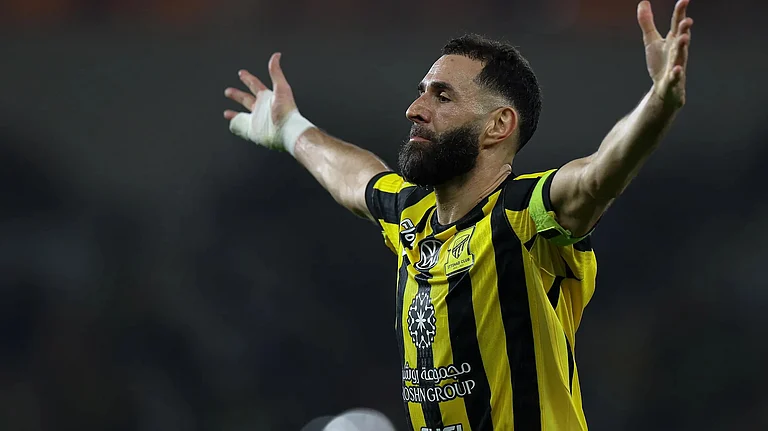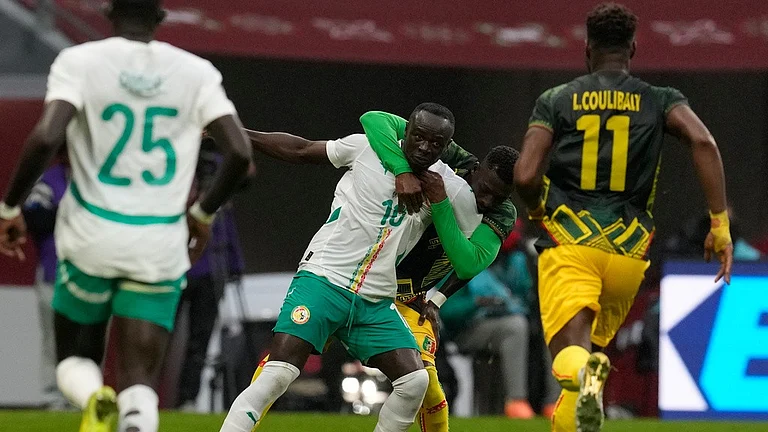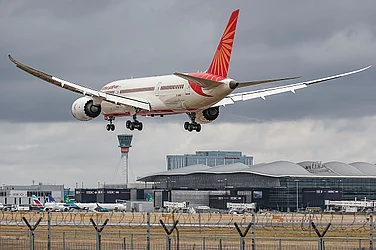The Karnataka High Court, on late Tuesday night, allowed Ganesh Chaturthi celebrations to be held on the grounds of Hubballi Idgah Maidan. The court was hearing a plea filed by Anjuman-e-Islam after the Supreme Court ordered a status quo in the case of proposed celebrations on Idgah land in Bengaluru, over 400 km away.
A single-judge High Court Bench of Justice Ashok Kinagi refused to provide interim relief to Anjuman-e-Islam stating that the apex court’s order of status quo at the Idgah ground in Chamrajpet was not applicable to this case.
On August 30 evening, a three-judge Bench of the Supreme Court said no to Ganesh Chaturthi celebrations at the Idgah grounds in Bengaluru. However, the court pointed out that the Chamrajpet issue involves a dispute about the ownership of the property, whereas the Hubballi ground belongs to the municipality, which Anjuman-e-Islam has also acknowledged, the court pointed out.
History of Hubballi Idgah in Karnataka
Idgah or Eidgah is a widely used term in the south Asian Islamic culture referring to the open enclosure kept aside for public prayers.
Hubballi has three Idgahs. Decades back they were said to have been owned by one Moopana Basappa Narool, one Esar Vanch Padri, and the Basel Mission at various times in the nineteenth century. The lands have been traditionally used by Muslims to offer prayers during Eid and Ramzan.
In the early years of the 20th century, the current Idgah in question was acquired by the Hubbali Municipal Corporation.
In 1921, the Anjuman-e-Islam sought a plea asking for Muslims to be able to use the land for prayers. Subsequently, the Municipality granted the permission to lease out the land to Anjuman-e-Islam for 999 years and the agreement was confirmed by the Bombay Presidency.
The Anjuman-e-Islam was eventually granted permission to construct shops on the ground.
The dispute began in 1971 when the Anjuman-e-Islam tried to construct a shopping complex at the site and erected a building violating the lease agreement of 1921.
Over the years the dispute took a political turn similar to the Ayodhya-Ramjanmabhoomi dispute.
In 1992, under Congress's rule, an attempt was made to hoist the Tricolour flag on the ground. However, the ruling party stopped the action debating that the flag cannot be hoisted on “disputed” land. It was feared that the action might lead to communal tension.
In 1994, BJP leader Uma Bharti said that on Independence Day she would hoist the Indian flag on the grounds. However, fearing communal tension, the Congress government imposed a curfew and stopped Bharti and a few others were arrested after forcefully entering the town.
Fires were exchanged killing around six people.
After several decades of legal argument, in 2010, the Supreme Court and the Karnataka High Court observed that the Idgah ground primarily belonged to the Hubbali-Dharwad Municipal Corporation. The court ruled that the Anjuman-e-Islam was only allowed to hold prayers twice a year and not take up construction on the land.
On August 30, 2022, the High Court ruled, "Hindu parties submitted an application for placing a Ganesh idol and holding cultural activities on the said property. A committee was constituted which, after examining the materials on record, submitted a report to the government stating that the land can be handed over to a Hindu organisation for celebrating Ganesh Chaturthi."
Prior to the ruling of August 30, 2022, Anjuman-e-Islam claimed that the property in question was protected under the Places of Worship Act, 1991, which says no religious place of worship can be converted. The high court said in the case of the property in question, it was not a religious place of worship and was allowed for prayers only during Bakrid and Ramzan. During other times, it was used for purposes like a marketplace and a parking lot.
(With inputs from agencies)


























